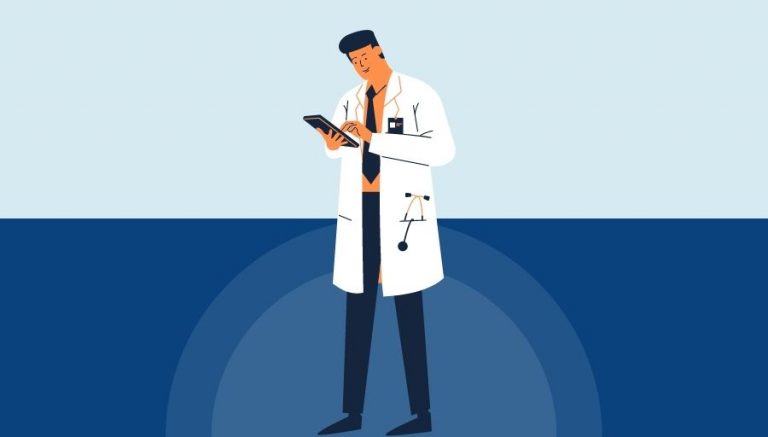ICD 10 CM B02.2 | Description & Clinical Information
ICD 10 B02.2 describes a condition in which varicella zoster virus (VZV) reactivates in older and immunocompromised individuals, resulting in a neurological manifestation of herpes zoster (shingles) that affects the nervous system in a specific way not represented by any other category.
Official Description Of B02.2
The ICD 10 CM book defines ICD 10 code B02.2 as:
Includes: shingles
zona
When To Use B02.2
The diagnosis code ICD 10 CM B02.2 is used to describe a patient who has other nervous system involvement due to herpes zoster. The viral infection of herpes zoster, commonly known as shingles, can lead to various neurological complications depending on the type of nerves affected by the virus. Patients with this diagnosis code may experience fever, nerve pain, ear pain, weakness, numbness in the extremities, as well as the typical symptoms of herpes zoster, which include pain, itching, and burning of the skin along the path of a nerve, and a vesicular rash.
To diagnose a patient with ICD 10 CM B02.2, healthcare providers rely on the patient’s medical history, symptoms, and a physical examination. Laboratory tests may also be needed to identify the herpes zoster virus. These tests include direct fluorescent antibody staining, Tzanck test, polymerase chain reaction (PCR), and ELISA tests for IgM antibodies to help identify the organism. The tests help to confirm the diagnosis of herpes zoster and determine the extent of the nervous system involvement.
The treatment for ICD 10 CM B02.2 involves a combination of medication to reduce symptoms associated with herpes zoster. Oral antiviral drugs such as acyclovir are used to treat the viral infection. Moreover, steroids such as dexamethasone help to reduce or treat inflammation caused by the herpes zoster virus. Additionally, antidepressants such as amitriptyline are prescribed to alleviate pain symptoms that often come with nerve pain due to the infection. All these medications aim to provide patients with relief from symptoms and support them during their recovery.
It is essential to keep in mind that regardless of the prescribed medications, they are most effective when introduced as early as possible in the course of the viral infection. To ensure early diagnosis and prompt treatment, patients are encouraged to seek immediate medical attention when experiencing any symptoms of herpes zoster, including those associated with ICD 10 CM B02.2.
Prevention is better than cure, and vaccination is an effective way to prevent complications from the herpes zoster virus. The Center for Disease Control and Prevention recommends vaccination against shingles for adults over 50, as their risk for complications associated with herpes zoster is higher. Vaccination helps to boost the immune system and prevent the herpes zoster virus from causing more severe complications.
In conclusion, ICD 10 CM B02.2 diagnosis code is used to identify patients with other nervous system involvement due to herpes zoster. Healthcare providers rely on patients’ presentations, symptoms, and laboratory tests to diagnose the condition. Treatment may include antiviral medication, steroids, and antidepressants. Early diagnosis and prompt treatment are crucial in reducing symptoms associated with ICD 10 CM B02.2. Finally, vaccination can help prevent complications from herpes zoster virus in adults over the age of 50.



